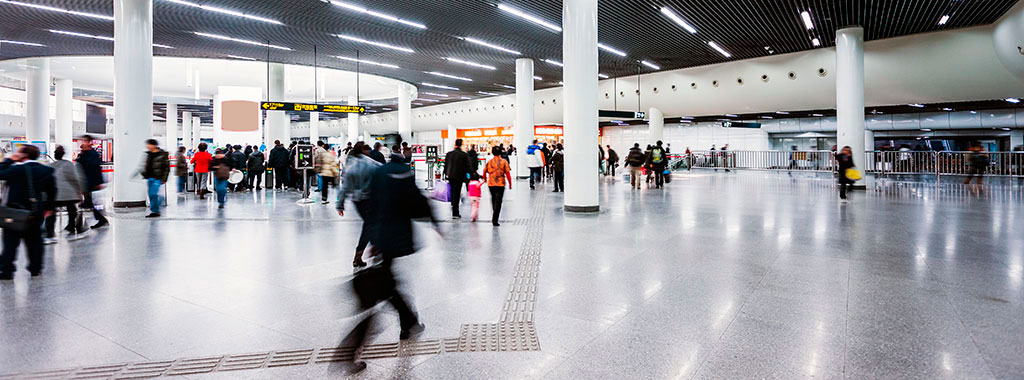Security is probably one of the aspects that has changed most at airports over the last few years. The unfortunate events we can all remember have to be seen against a backdrop of rising passenger numbers and the ease of flying brought about by low-cost airlines.
We have passed from not worrying about cabin baggage to checking each metal object, liquid or electronic device we place inside it.
In these years, we have passed from not worrying about cabin baggage – other than its weight – to checking each metal object, liquid or electronic device we place inside it to avoid the unpleasant experience of having to throw it away before going through security checks in order to fly. In addition, this is accentuated when we try to take advantage of the cost savings of not having to check-in baggage for the hold.
Luckily, all these concerns will soon be allayed. The European Union has published the so-called “EU Aviation Security Regulations and Screening of Liquids, Aerosols and Gels (LAGS)”, which have the following key dates:
- Phase 1 entered into effect as from January 2014, allowing passengers to travel with sealed liquids acquired at duty-free shops.
Phase 1: Any traveller arriving in EU can carry ‘duty free’ LAGs as long as they are within a Security Tamper Evident Bag (STEB). Restrictions on medicinal products and dietary requirements needed for flight will also be lifted. - Clear liquids inside clear bottles can be carried as from January 2015.
Phase 2 of restrictions lifted – The lifting of restrictions can include clear liquids within a clear bottle. - Lastly, any kind of liquids, aerosols and gels (LAGS) may be carried as from January 2016.
All LAGs restrictions lifted
Clearly, these restrictions have not been lifted for no apparent reason or because our confidence about security has increased, but rather because new kinds of scanners at security controls will be necessary. From the standpoint of an airport operator or security manager, the classification of the technologies available to check liquids at security controls, as grouped by the European Civil Aviation Conference (ECAC), are as follows:
- Type A: Scans liquids individually by means of a sample and requires the container to be opened and taken out of the baggage.
- Type B: Scans liquids individually without the need for a sample or having to open their containers, but they have to be taken out of the baggage.
- Type C: Scans multiple liquids without the need for samples or having to open their containers, but they also have to be taken out of the baggage.
- Type D: Scans multiple liquids without the need for samples or having to open their containers and without having to take them out of the baggage.
- Type D+: Scans multiple liquids without the need for samples or having to open their containers and without having to be taken out of the baggage with the added ability to scan electronic equipment (laptops, tablets, etc.), also without having to take them out of the baggage.
Types D and D+ are probably the most interesting with a view to reducing waiting times in queues to go through security filters. However, this kind of equipment is expensive and heavy. Hence, airports need to have the space and bearing capacity to install them, in addition to the money to invest in them.
Furthermore, as was the case for the baggage detection equipment already discussed in the blog (“Standard 3 and the future of airport security”), the ECAC certifies these scanners within a range of standards which can, for instance, reach Standard 2 for Type C scanners for their use as Liquid Explosive Detection Systems (LEDS). It is also advisable that such equipment complies with other international certifications in order to offer the security levels that may be required in the destination countries of the flights leaving from the airport in question. For example, such certifications include: the US TSA (Transportation Security Administration), the UK DfT (Department for Transport), the French STAC (Service Technique de l’Aviation Civile) and the Chinese CAAC (Civil Aviation Administration of China).



